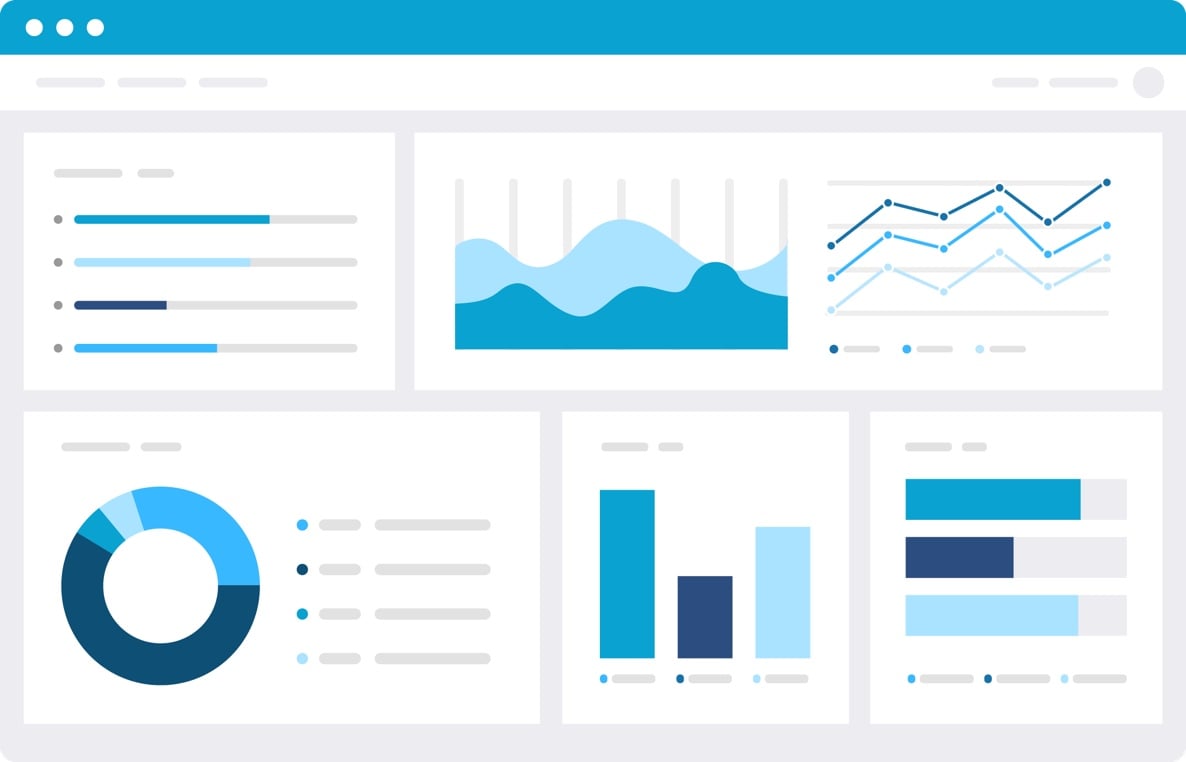Download our “CISO's Guide To Reporting To The Board” eBook to get the scoop on metrics that matter to the board.
16 Cybersecurity KPIs to Add to Your Security Dashboard
Cybersecurity professionals are used to looking at real-time numbers from their SIEM software, security ratings platform, incident prevention system, and other cyber risk solutions. These products each come with their own security dashboard, giving IT, risk, and security personnel quick (or not, depending on the UI) access to the information they need to do their jobs effectively.
However, the data displayed by security-specific solutions is sometimes very technical in nature, and doesn’t provide a complete picture of risk. With less-technically skilled individuals on the Board and in the C-suite taking on an increasingly significant role in cybersecurity oversight, it’s often useful to provide more straightforward, aggregated information in your security report to the board. Numbers that are easy for everyone to understand and communicate the broad spectrum of cyber risk a company is facing help users save time and energy.
We’ve compiled 16 valuable, easy-to-understand cybersecurity and cyber risk KPIs that can be integrated into a security dashboard for any member of an organization who wants to become more aware of cyber risk. These metrics come from a variety of sources and indicate risks caused by technical issues, security diligence, human behavior, and more.

You’ll notice we’ve included a fair amount of KPIs that can be found on the BitSight Security Ratings Platform. Our platform is designed to help security and risk eaders quantify cyber risk, and therefore provides several metrics that are useful for the purposes laid out above. However, BitSight is by no means the only source of at-a-glance cyber risk data.
Easy-to-Understand Cybersecurity KPIs
01 Security Rating
02 Botnet Infection Grade
03 Peer-to-Peer File Sharing Grade
04 Open Port Grade
05 Average Vendor Security Rating over Time
06 Average Industry Security Rating
07 Intrusion Attempts within a Given Period
08 Patching Cadence Grade
09 Mean Time to Detect
10 Mean Time to Resolve
11 Backup Frequency
12 Phishing Test Success Rate
13 Security Awareness Training Completion Rate
14 Average Security Awareness Training Score
15 Average Password Strength
16 Number of Unidentified Devices on Network
